Macro can be one of the most satisfying genres of photography. It opens up a new world of almost infinite creative possibilities. From flora and fauna to the abstract inanimate having a macro capability in your kitbag will expand your photographic repertoire immensely.
There is a problem with macro though, and it's one that can put off newcomers and experienced photographers alike. That problem is focusing. Let’s look at why.
The Difficulties of Macro Focusing
There are two main issues that can trip you up when focussing on a macro subject. The first is depth of field. Because you are so close to the subject, usually with a moderate telephoto lens, the depth of field can be very shallow indeed. This, in turn, can lead to issues with focus, especially with a complex subject such as a multi petalled flower.
The other main issue is the magnification. Because you are shooting an image that is quite highly magnified, nailing focus, especially if hand-holding, can be extremely difficult. Any slight movement closer or further from the subject will quickly send it out of focus.
Camera shake can also be a major issue causing a lack of sharpness in macro shots, mainly due to the aforementioned magnification. Let's look at a couple of ways we can alleviate these issues.
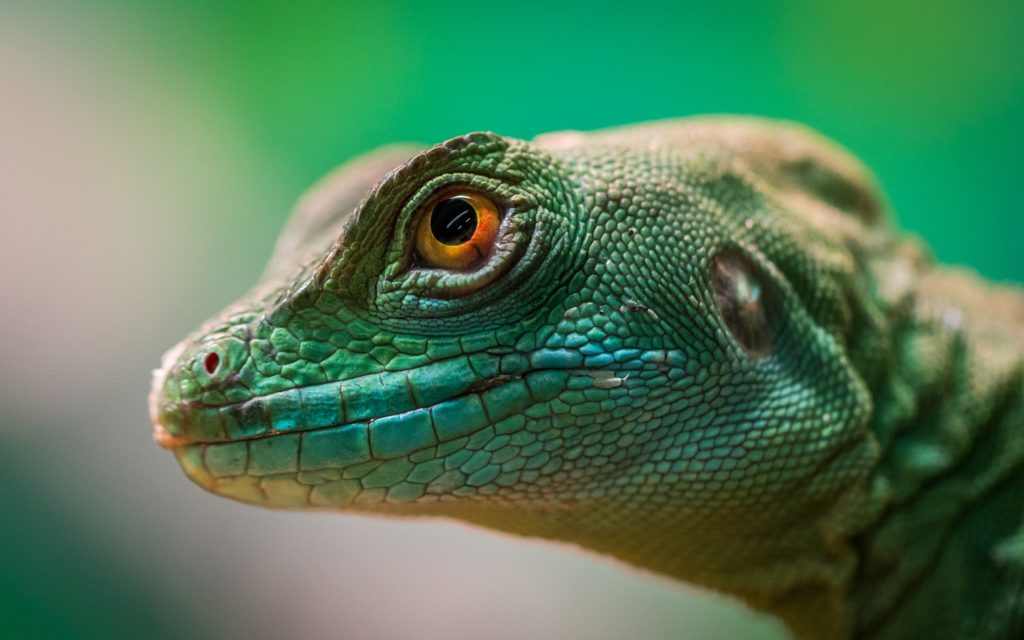
Essential Kit For Macro
A good sturdy tripod is a must. It’s also preferable to have a tripod that allows you to get down low or to move in close. Tripods with reversible centre columns are ideal for this.
Of course, to get in close you will need either a macro lens or one of the cheaper options such as reversing ring or extension tubes.
To avoid micro-vibrations when shooting, use a remote release. Some cameras also have apps which allow you to see a live preview on your smartphone and then fire the shutter remotely. Although this can be useful for shooting insects and other small wildlife, be aware there can be some lag between the app and the camera.
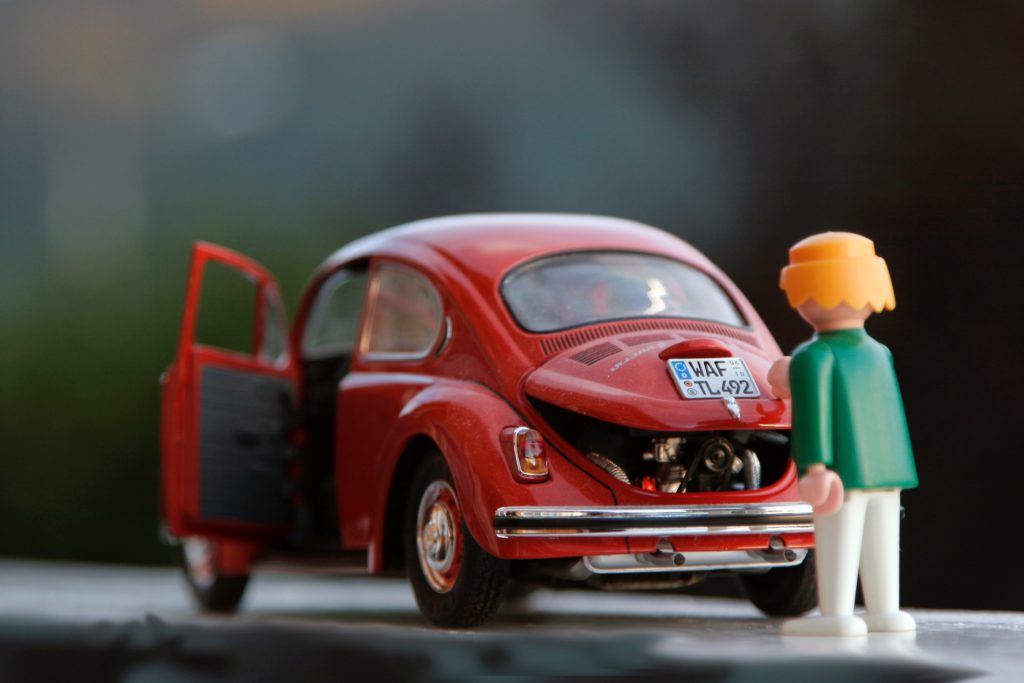
Shooting Macro In Autofocus Mode.
Autofocus is not the preferred mode to shoot macro images, but if you are not comfortable yet with manual focus, then the following are some useful tips for nailing autofocus.
- Set your AF Mode to Single Shot servo. This will prevent focus hunting if the wind is blowing your subject around.
- Select a single autofocus point rather than multipoint. Use the camera’s joystick or D-Pad to move the focus point to the desired location.
- With the camera mounted on a tripod, use the LCD screen rather than the viewfinder to attain good focus.
While shooting macro in autofocus can give you great results, it's often better to use manual focus.
Shooting Macro In Manual Focus
Shooting in manual focus helps avoid some of the pitfalls of autofocus. These include focus-hunting and locking to the wrong part of the image. It’s best to have the camera securely locked off a tripod in order to nail your manual focus.
When focusing, turn the focus ring until the subject reaches it’s sharpest point of focus then carry on slightly beyond. Roll the focus ring slowly back confirming that you have the sharpest point.
Manual focus can be very difficult to judge. Fortunately, most modern cameras carry a number of highly useful focusing aids and tools with which to help you. Let’s take a look at them.
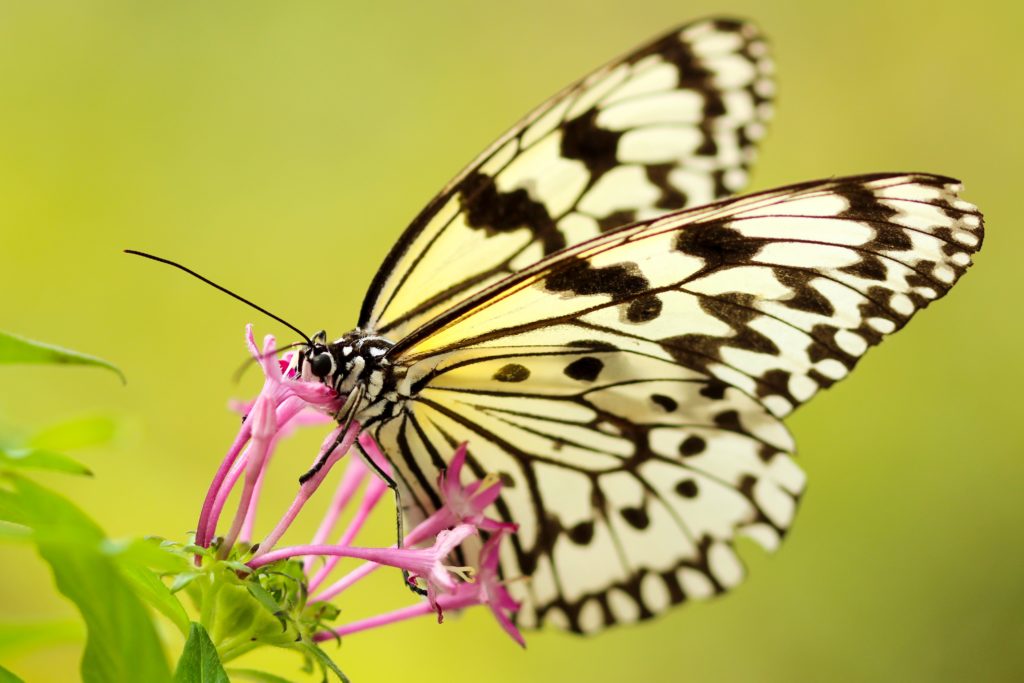
Your Camera’s Focusing Aids
As mentioned, using the camera’s LCD screen rather than viewfinder is the best option when shooting macro. One of the primary reasons for this is the ability to zoom the screen into your subject. This, in turn, allows you to focus on your subject with much greater accuracy.
Most cameras have this facility easy to hand. It may be in the form of a magnifying glass button on the camera’s back or by pushing in the rear command dial. Check your camera’s manual to find the quickest and most convenient way to zoom your LCD.
As well as a zoom tool, some cameras offer a picture in picture view to aid focussing. In this mode, the main screen will be the usual 1:1 view but there will be a smaller zoomed view within the main screen. This is a useful mode for checking both focus and composition simultaneously.
Most cameras also show a focus scale in the viewfinders/LCDs. You can use this to determine if you are focusing at the correct distance.
Focus peaking is an extremely useful tool borrowed from the video world. In this mode, the camera will project coloured lines over the areas of sharpest focus. You can often change the thickness and colour of those lines. They are not only great for nailing focus but also very useful for determining the depth of field of the shot.
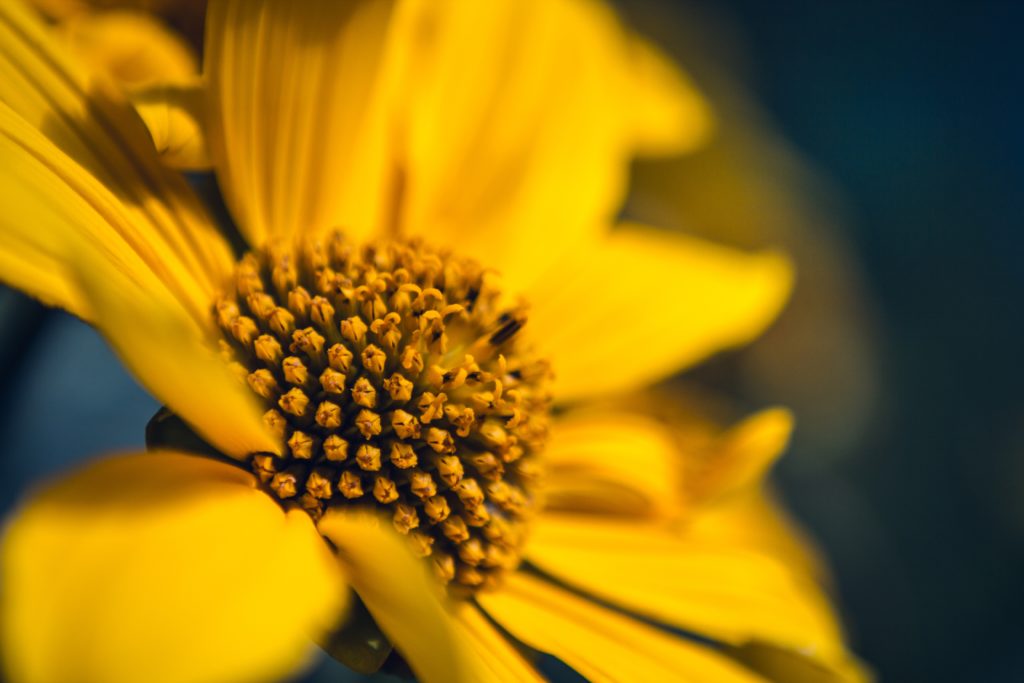
Focus Stacking – The Macro Photographer’s Secret Weapon
Focus stacking is an extremely powerful tool for the macro photographer. It involves taking a series of images of the same subject, changing the focus position slightly as you do so. The resulting images are stitched together in an editing program such as Photoshop. The final image is one that has focus all the way through the shot despite what aperture you used.
With some forethought, you can decide how much of your macro subject you wish to be in focus and shot accordingly. There are many articles on how to merge your images together including this one here on Light Stalking.
Some newer cameras such as the Fuji X series now have a built-in focus stacking capability, called focus bracketing.
Nailing focus in your macro shots can one a major headache for newcomers to the genre. With the hints and tips above, you should be able to find spot-on focus no matter how close and magnified your subject is.

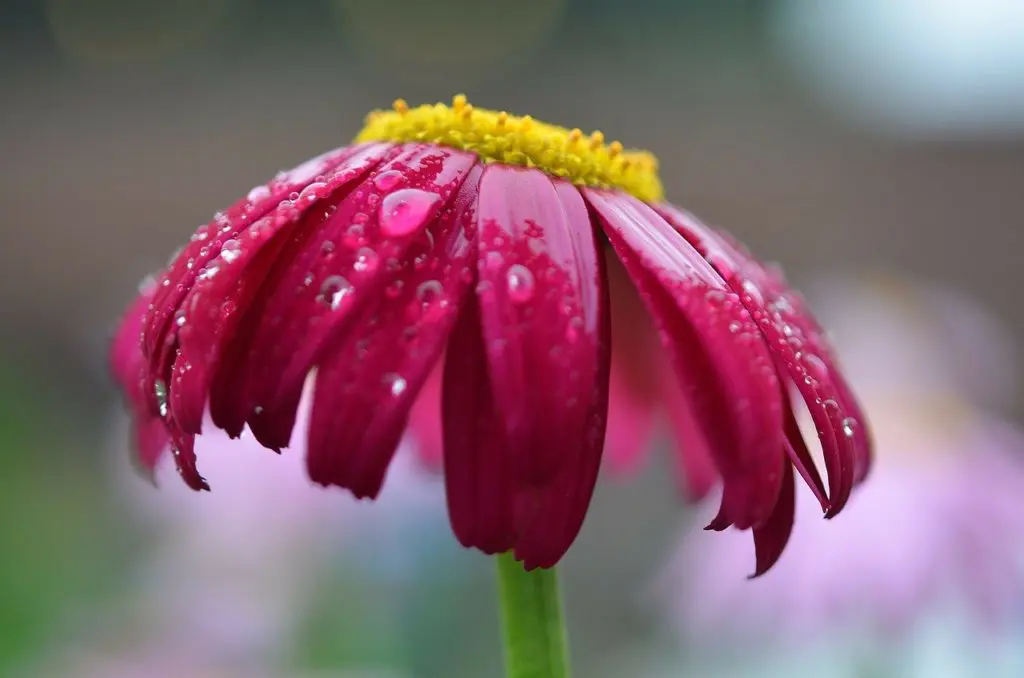
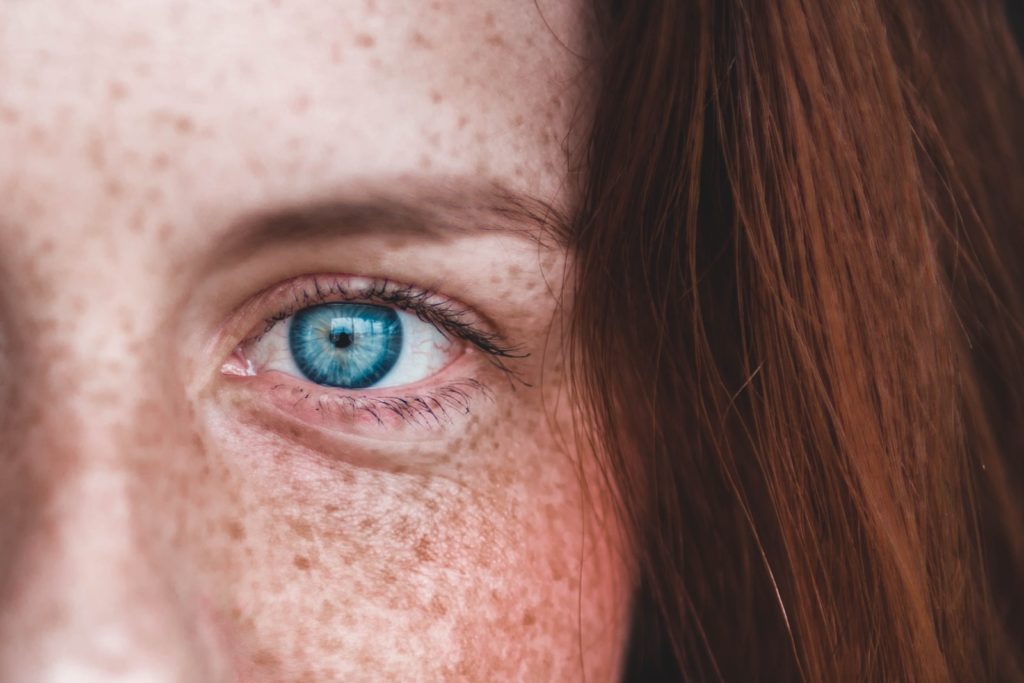
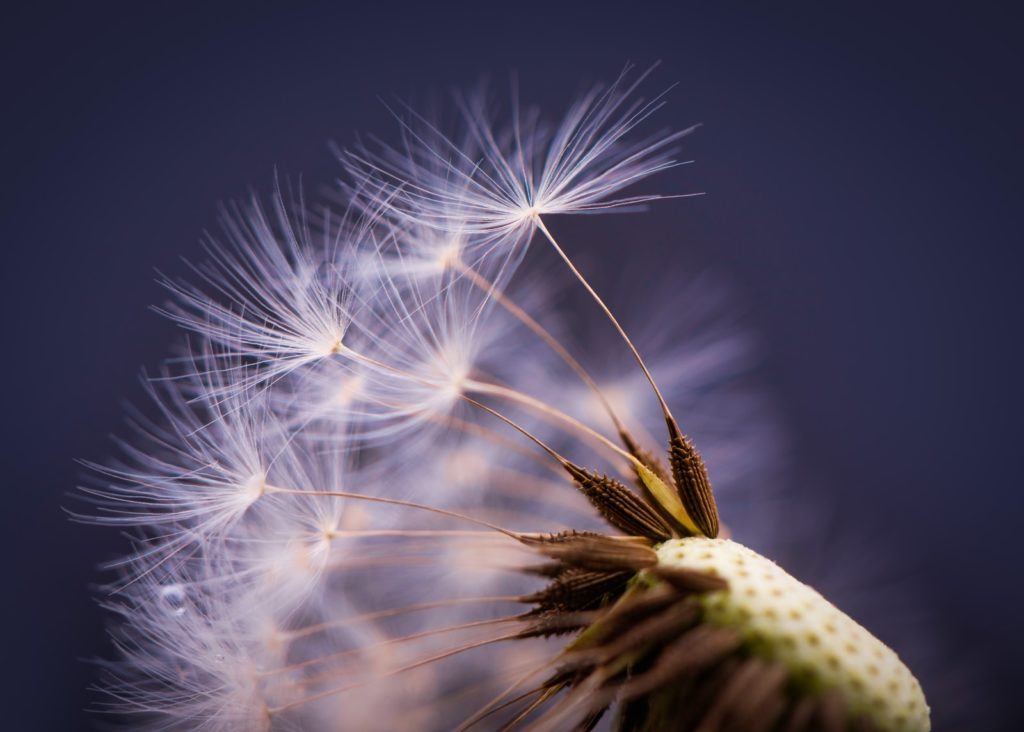
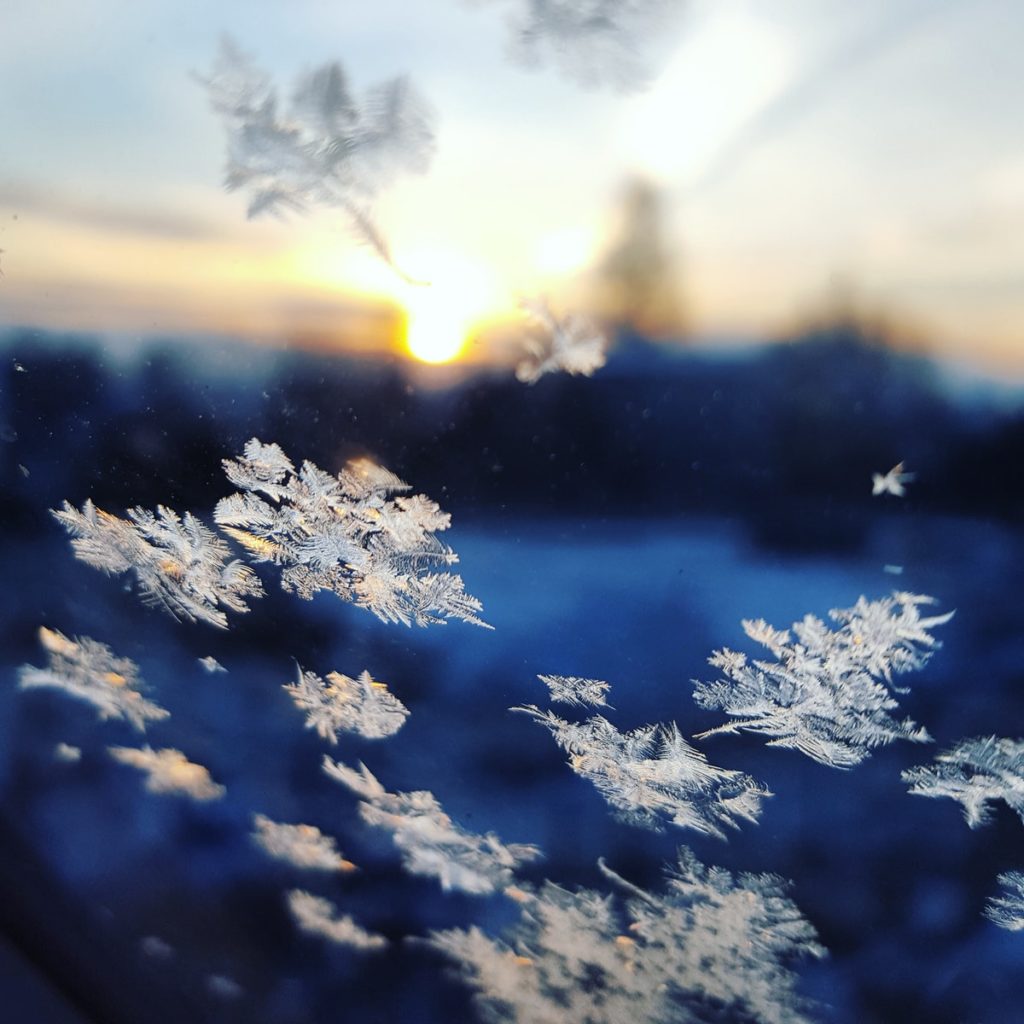
3 Comments
I’m surprised you said “a good sturdy tripod is a must”. I do most of my macro photography hand-held at a shutter speed of 1/2,000 second and faster. I get great results in natural light thanks to the high ISO performance of current cameras and at low light thanks to electronic flashes that sync at up to 1/8000 second.
Yeah, I agree with Patrick. If you are shooting things like butterflies, you can’t tell the butterfly to “stay right there while I reposition by tripod”.
I usually shoot hand-held, but as a compromise a mono-pod helps. It’s lighter than my tripod, it extends in seconds, and does steady the camera.